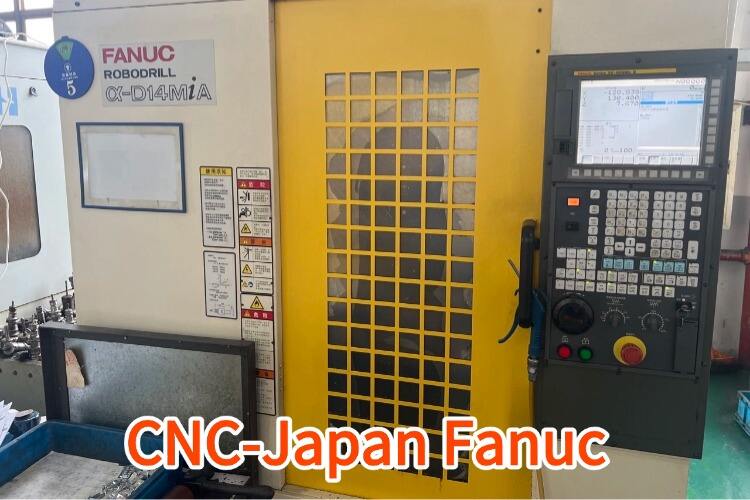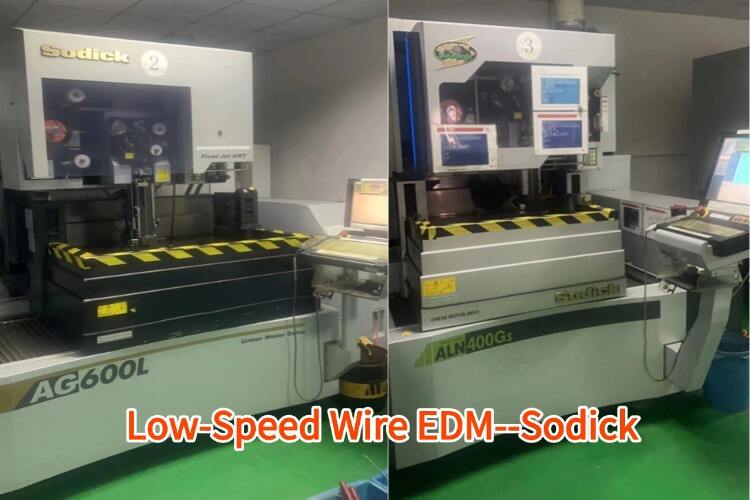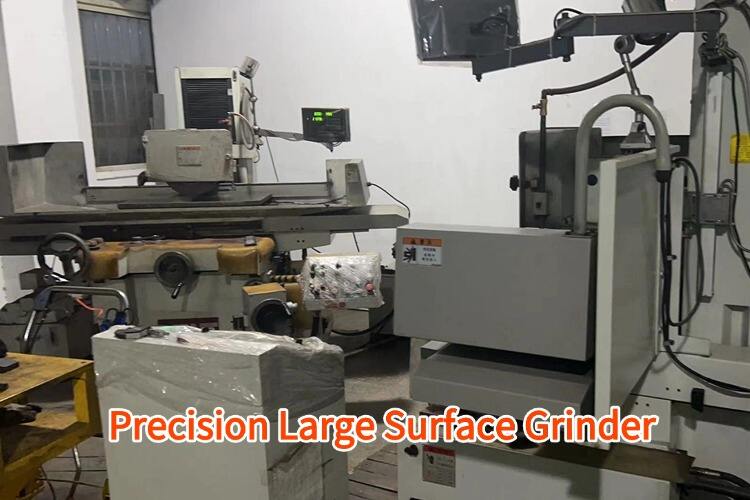원형 CNC 가공
프로토타입 CNC 가공은 정밀 공학과 디지털 제어 시스템을 결합하여 고품질의 프로토타입과 소량 생산 부품을 만드는 최신 제조 공정을 나타냅니다. 이 첨단 기술은 복잡한 기하학적 형태를 처리하기 위해 컴퓨터 수치 제어를 활용하여 절삭 도구를 안내하며, 뛰어난 정확도와 반복성을 보장합니다. 이 공정은 CAD 설계가 머신 리디어블 지시사항으로 변환되는 것으로 시작되며, 금속, 플라스틱 및 복합 재료 등 다양한 재료에서 복잡한 구성 요소를 자동으로 생성할 수 있도록 합니다. 현대적인 프로토타입 CNC 가공 센터는 다수의 축 운동을 특징으로 하여 정교한 3D 절삭 경로를 제공하고, 촘촘한 허용오차 내에서 복잡한 기하학적 형태를 생산할 수 있습니다. 이 기술은 실시간 모니터링 시스템과 고급 도구 솔루션을 통합하여 가장 까다로운 사양을 충족하는 표면 마감을 달성할 수 있게 해줍니다. 이 제조 방법은 최종 생산 부품을 정확하게 표현하는 기능적인 프로토타입을 생산하는 데 뛰어나므로 제품 개발 및 테스트 단계에서 매우 유용합니다. 프로토타입 CNC 가공의 유연성은 항공우주, 자동차, 의료기기, 소비자 제품 등 여러 산업에 걸쳐 확장되며, 프로토타입 개발과 저부피 생산 요구에 대한 신뢰할 수 있는 솔루션을 제공합니다.


